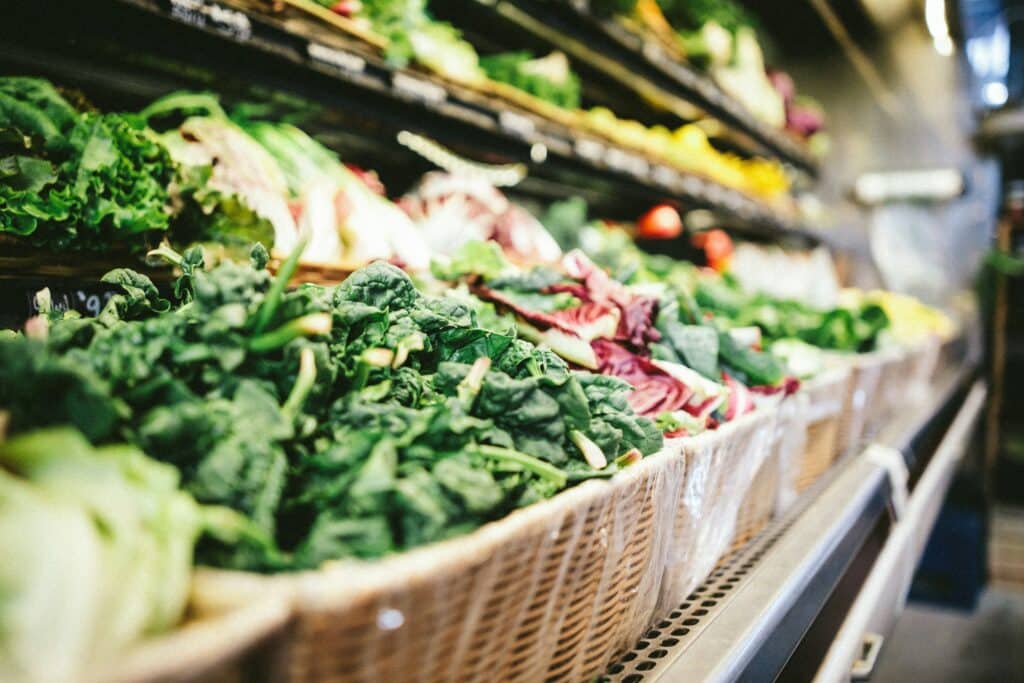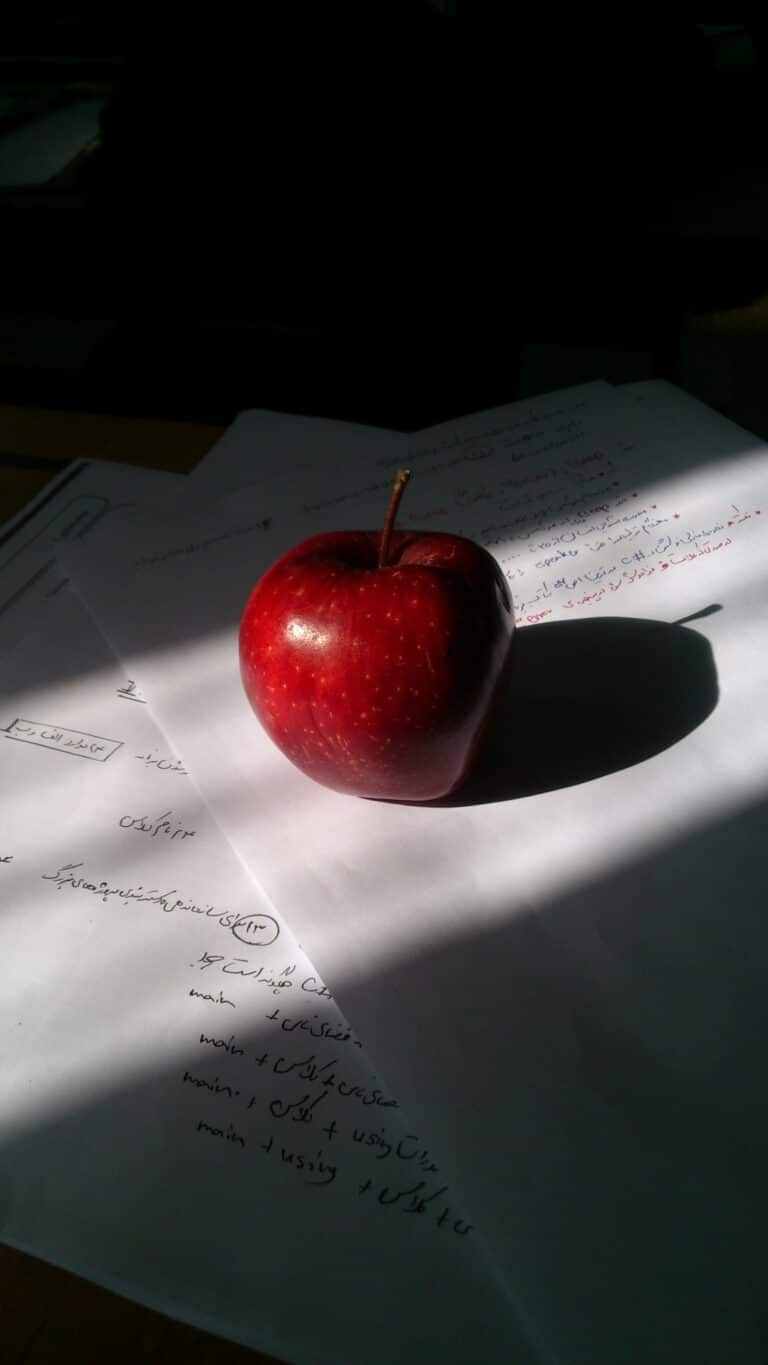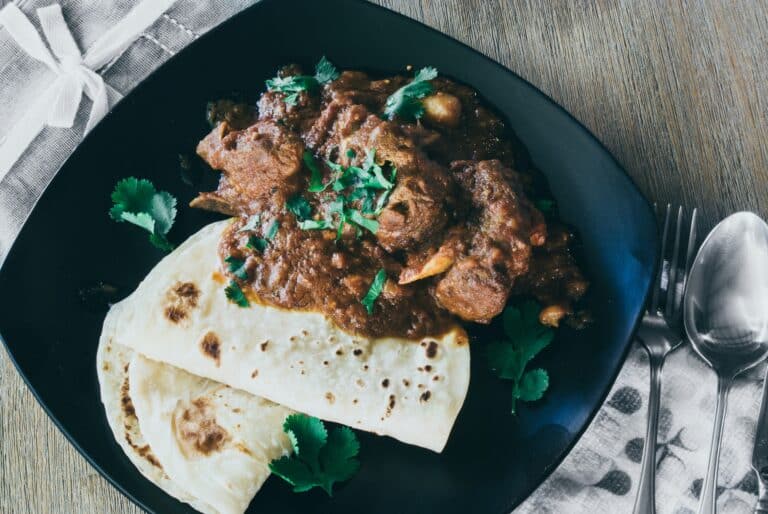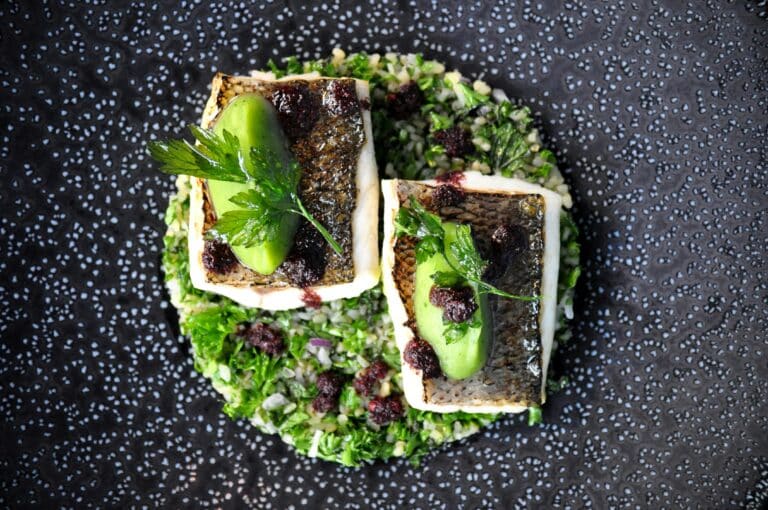Every morning, you’re striving to whip up a meal that is both nutritious and tasty, to fuel your little ones for the day ahead. But, you’re also aware that each choice you make impacts the environment. So, you’re not just making a lunch; you’re making decisions that matter on a global scale. Welcome to “Green & Lean Lunch: Top Eco-Friendly School Meal Tips for Budget-Savvy Parents”. 🌍

We’ll journey through a multitude of practical tips that will assist in balancing your budget while remaining eco-conscious. We’re here to debunk the myth that going green is expensive. Brace yourselves for a transformative ride, as we delve into the magic of eco-friendly school meals, guaranteed to be kind to both your wallet and Mother Earth. 💚
What Lies Ahead?
We’ll start by exploring the importance of eco-friendly meals and the impact of our food choices on the environment. To put you at ease, we will discuss how making eco-friendly choices doesn’t mean breaking the bank. Instead, you might be pleasantly surprised to learn that being eco-friendly can actually save you money! 💵
Next, we’ll venture into the world of sustainable food sourcing. This section will showcase how to make smart choices when purchasing food, and the benefits of buying local and organic. We will also guide you through the concept of seasonality, helping you make informed choices that benefit both the environment and your budget.
Then, we’ll navigate the realm of waste reduction. This includes enlightening tips on reducing food waste and promoting the idea of ‘zero waste’ lunches. We’ll also explore the world of eco-friendly lunchboxes and other sustainable alternatives to single-use plastics. 🍱
We’re not stopping there! We’ll also share inspiring and easy-to-follow eco-friendly recipes. These meals are not only delicious, but they’re also economical and good for the planet. You’ll be equipped with an array of meal ideas that your kids will love, and that will make your life easier and greener. 🥗
Lastly, we’ll touch on the essential aspect of educating your children about eco-friendly habits. Because, let’s face it, our efforts at home multiply when our kids understand the importance of being eco-conscious and take these practices outside the home and into the world. 🌳
This article aims to be your comprehensive guide, a toolbox if you will, of everything you need to pack an eco-friendly, budget-friendly, and kid-approved lunch. So, roll up your sleeves, budget-savvy parents, as we embark on this journey of green and lean lunches together.
Exploring the Intersection of Nutrition, Budget, and Environment: Green & Lean School Lunches
When it comes to packing lunches for our children, we are faced with multiple considerations. We want to ensure the meals are nutritious, affordable, and as parents who are aware of the environmental challenges we face today, we also want these meals to be eco-friendly. Navigating this intersection of nutrition, budget, and environment can be daunting, but it needn’t be. Here, we delve into some top tips for creating green and lean school lunches that your budget (and the planet) will thank you for.
These eco-friendly school meal tips will not only help you reduce waste but also encourage healthier eating habits. They are designed to be easy to implement and adaptable to various dietary requirements and food preferences. Remember, small changes can have big impacts. So, let’s get started.
The Problem with Traditional School Lunches
Before we delve into solutions, it’s important to understand the problem at hand. The traditional school lunch model is fraught with environmental and nutritional issues. For one, a large amount of plastic waste is generated from individually packaged foods and disposable lunch gear. Additionally, many prepackaged lunch items are high in unhealthy fats, sugars, and preservatives.
Environmental Impact of School Lunch Waste
According to a study published in the journal of Waste Management, the average school lunch generates 67 pounds of waste per school year. That’s over a 1,000 pounds of waste per school annually! Much of this waste comes from single-use plastic bags, disposable cutlery, and food packaging. These materials often end up in landfills, contributing to pollution and the depletion of natural resources.
Nutritional Shortcomings of Traditional School Lunches
From a nutritional perspective, many traditional school lunches fall short. Prepackaged meals and snacks often contain high levels of sodium, sugar, and unhealthy fats. These nutrient-poor food choices contribute to childhood obesity and other health problems. According to the CDC, the prevalence of obesity was 18.5% and affected about 13.7 million children and adolescents in the US in 2018.
Making the Switch: Green & Lean School Lunch Tips
Now that we understand the problems associated with traditional school lunches, let’s look at some eco-friendly, budget-friendly, and nutrition-rich alternatives.
Tip #1: Invest in Reusable Lunch Gear
One of the simplest ways to make school lunches more eco-friendly is to switch to reusable lunch gear. Instead of packing lunches in disposable plastic bags, consider investing in a durable, reusable lunch box. Pair this with reusable cutlery, cloth napkins, and a refillable water bottle, and you’re already making a significant dent in reducing lunchtime waste. While there may be an upfront cost, these items will save money in the long run as they can be used year after year.
Tip #2: Choose Whole, Unprocessed Foods
Not only are whole, unprocessed foods better for our health, but they’re also better for the environment. Processed foods come with a lot of packaging, which often ends up in landfills. In contrast, whole foods like fruits, vegetables, and bulk grains come with minimal packaging. Plus, they provide the essential nutrients children need for healthy growth and development.
Tip #3: Plan and Prep Meals Ahead of Time
Planning and prepping meals ahead of time can help save money and reduce waste. By planning, you can make sure you’re using all the ingredients you buy, thus reducing food waste. Plus, you can also plan to use leftovers from dinner for the next day’s lunch, further reducing waste and saving time.
Comparing Traditional and Green & Lean School Lunches
To further illustrate the benefits of green and lean school lunches, let’s compare them to traditional school lunches in terms of cost, nutrition, and environmental impact.
| Traditional School Lunches | Green & Lean School Lunches | |
| Cost | Can be high due to the cost of pre-packaged foods and disposable lunch gear. | Initial investment in reusable gear can lead to cost savings over time. Whole foods are often cheaper than pre-packaged options. |
| Nutrition | Often high in sugar, sodium, and unhealthy fats. Lacking in essential nutrients. | Whole, unprocessed foods provide essential nutrients for healthy growth and development. |
| Environmental Impact | Produces a significant amount of waste due to reliance on disposable materials and packaging. | Minimizes waste by using reusable gear and choosing foods with less packaging. |
As you can see, green and lean school lunches offer many benefits over traditional school lunches. They’re cheaper in the long run, provide better nutrition, and significantly reduce environmental impact.
Further Learning and Action Steps
If you’re interested in learning more about this topic, I recommend watching the YouTube video, “Healthy and Eco-friendly Lunch Packing Tips” by Mama Natural. This video provides practical tips on how to pack nutritious, budget-friendly, and eco-conscious school lunches.
Remember, making the switch to green and lean school lunches doesn’t have to happen all at once. Start with one or two changes and gradually implement more as you become comfortable. Your wallet, your child’s health, and the environment will all benefit from these changes.
Conclusion
To conclude, it’s apparent that we have journeyed through a significant landscape of technical knowledge. We’ve tackled critical areas in Information Technology (IT) and engineering, and explored concepts that, although seemingly complex, can be understood and applied in a variety of professional contexts.
We started our discussion by evaluating the ever-evolving scope of IT, with emphasis on the influence of the digital age on modern-day businesses. We dove into the intricate realm of software engineering, the backbone of IT infrastructure, understanding its fundamentals, and appreciating its role in shaping today’s tech-driven world. 💻🌍
Further, we elucidated the vital principles of coding and programming, the very lifeline of any software application. From defining algorithms to explaining data structures, we walked through the life cycle of software development. We also acknowledged the significance of quality assurance and testing, a step that ensures the ultimate success of a software product. 🖥️🛠️
Our discourse then moved towards the engineering aspect, primarily focusing on the application of scientific principles to design, construct, and maintain structures, machines, and processes. In doing so, we unfolded the role of creativity and critical thinking in engineering, a trait as important as technical acumen. 🏗️🧪
Looking at this journey, it becomes evident that the fields of IT and engineering are not just about possessing technical know-how. They demand a perfect blend of analytical prowess, problem-solving skills, and a ceaseless thirst for innovation. They are about creating value and making a tangible impact on society. 💡🚀
As we wrap up this informative expedition, I encourage you to reflect upon the insights shared and see how you can incorporate them in your own professional journey. The digital era has opened up countless avenues, and by equipping yourself with the right knowledge, you can leave an indelible mark in your chosen field.
Feel free to comment below, share your thoughts or any queries you may have. Also, don’t hesitate to share this piece of knowledge with your peers. Remember, knowledge is power, but sharing knowledge empowers us all. 💪🌐
For further reading, you might find these resources helpful:
[The Pragmatic Engineer](https://blog.pragmaticengineer.com/) 👨💻
[MIT OpenCourseWare](https://ocw.mit.edu/index.htm) 🎓
Stay tuned for more articles delving into the depths of IT and engineering. Together, let’s explore, learn, and grow in this fascinating world of technology! 🚀
Always remember, each one of us has the potential to become the catalyst of change in the ever-evolving landscape of technology. So, here’s to the engineers, the innovators, the creators, and the dreamers – let’s continue pushing the boundaries and creating a better tomorrow! 🌈
Until then, stay curious, stay inspired! 🌟
[Back to Top]
Article reference:



